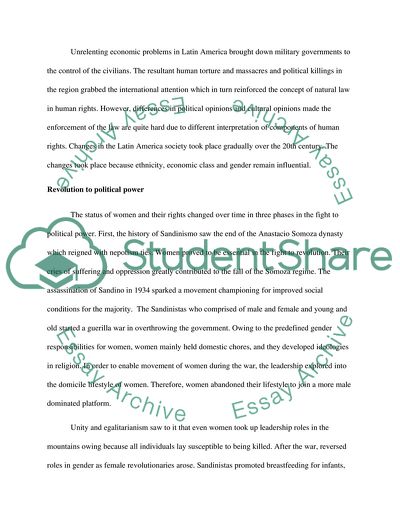Cite this document
(“Gender Revolution in the Latin America Research Paper - 1”, n.d.)
Gender Revolution in the Latin America Research Paper - 1. Retrieved from https://studentshare.org/history/1658385-latin-american-revolution-in-film
Gender Revolution in the Latin America Research Paper - 1. Retrieved from https://studentshare.org/history/1658385-latin-american-revolution-in-film
(Gender Revolution in the Latin America Research Paper - 1)
Gender Revolution in the Latin America Research Paper - 1. https://studentshare.org/history/1658385-latin-american-revolution-in-film.
Gender Revolution in the Latin America Research Paper - 1. https://studentshare.org/history/1658385-latin-american-revolution-in-film.
“Gender Revolution in the Latin America Research Paper - 1”, n.d. https://studentshare.org/history/1658385-latin-american-revolution-in-film.


